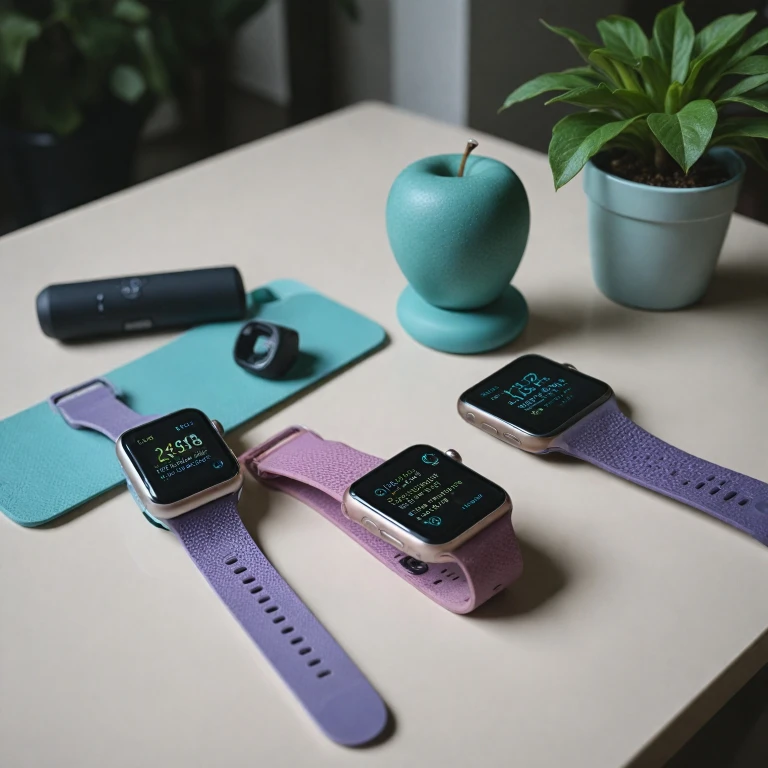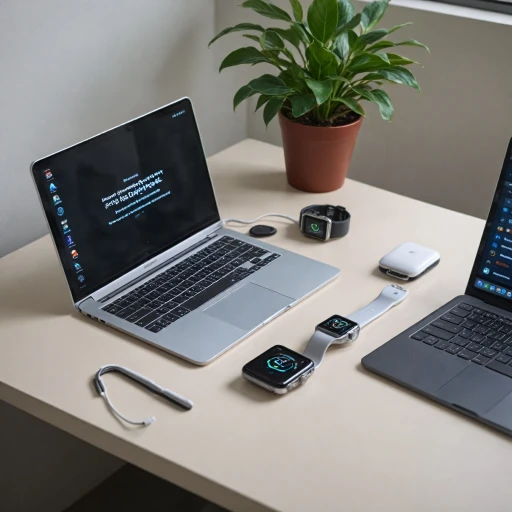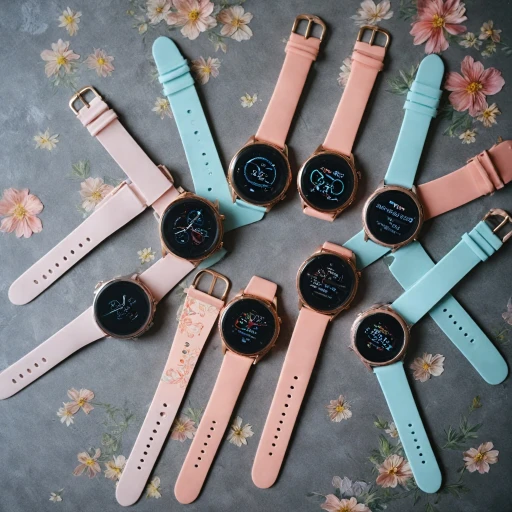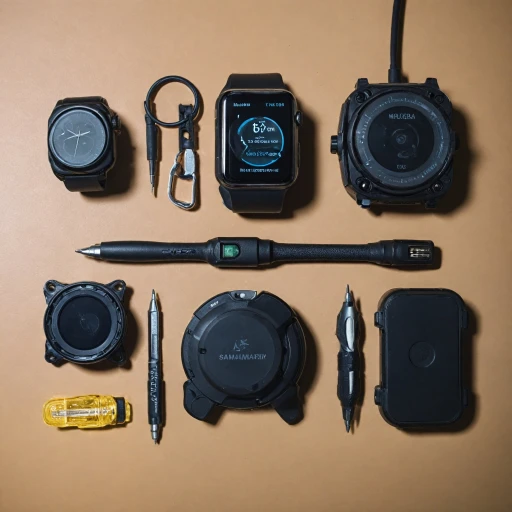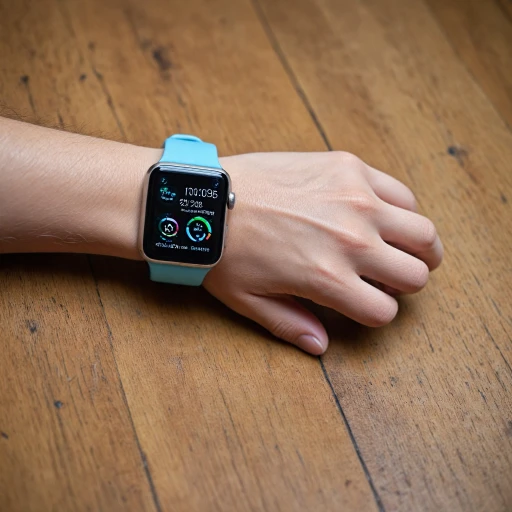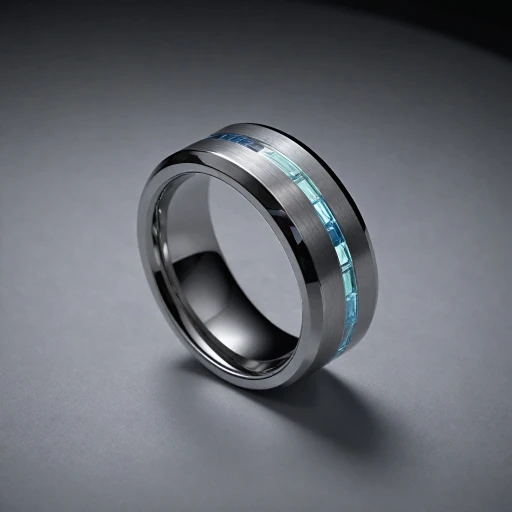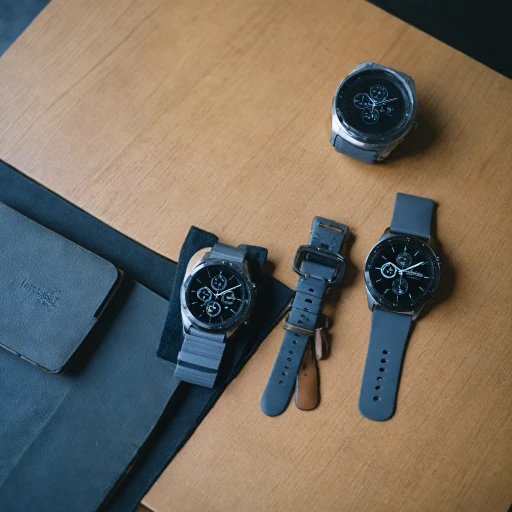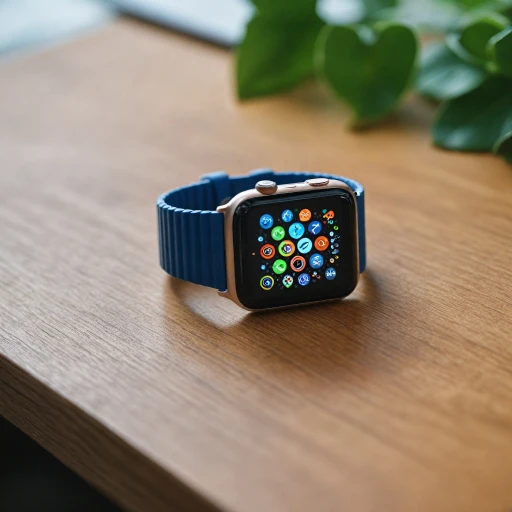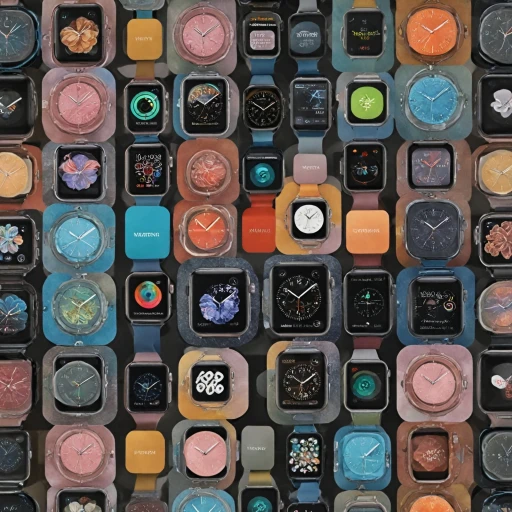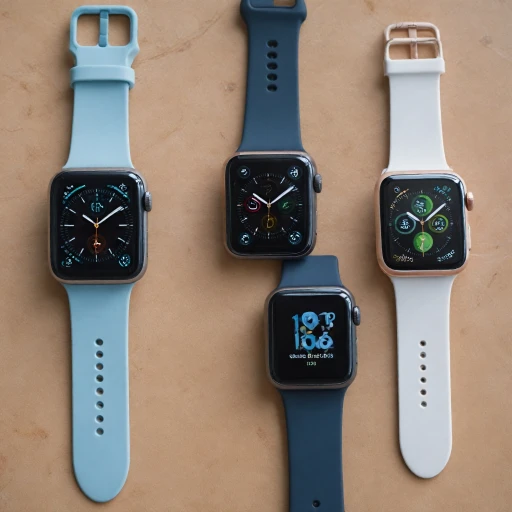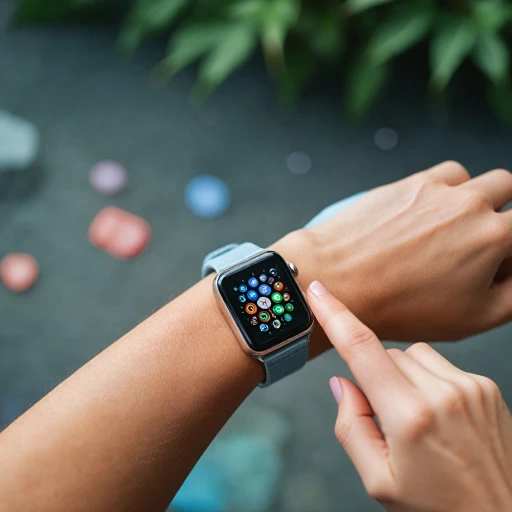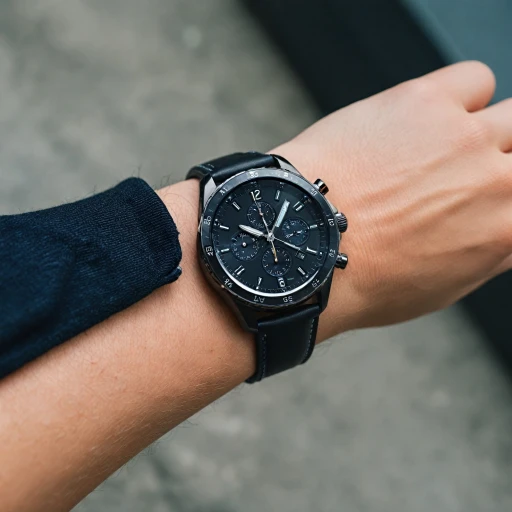
Design and Display: Aesthetic and Functional Differences
Design and Visual Appeal: The First Impressions
When it comes to choosing between an Apple Watch and a Fitbit, the design and display are often the first aspects that catch the eye. Apple Watches are renowned for their sleek, minimalist design, which has become a hallmark of the brand. The Apple Watch Series, including the latest models, continues to offer a premium look with customizable watch faces and a variety of bands to suit personal style.
On the other hand, Fitbit devices like the Versa and Sense models prioritize a sporty aesthetic. These fitness trackers are designed with activity in mind, offering lightweight materials and comfortable bands for all-day wear. The Apple Watch Ultra, with its rugged design, caters to those who need a more durable option for intense workouts or outdoor adventures.
Functional Display: More Than Just Looks
Beyond aesthetics, the functionality of the display plays a crucial role. Apple Watches boast Retina displays that provide vibrant colors and sharp images, making it easy to view notifications, apps, and health data at a glance. The touch interface is intuitive, offering seamless navigation through various features.
Fitbit's approach to display focuses on practicality. The Fitbit Charge and Pixel Watch models offer bright, easily readable screens that are perfect for quick glances during workouts. While they may not match the Apple Watch's display resolution, they excel in delivering essential information like heart rate, calories burned, and sleep tracking data.
Customization and Personalization: Tailoring Your Experience
Both Apple and Fitbit provide a range of customization options, allowing users to personalize their devices. Apple Watches offer a wide selection of watch faces and interchangeable bands, enabling users to switch up their style effortlessly. Fitbit also provides various band options and watch faces, though the selection is more fitness-oriented.
Ultimately, the choice between an Apple Watch and a Fitbit in terms of design and display depends on personal preferences and lifestyle needs. Whether you prioritize a fashion-forward look or a functional fitness tracker, both brands offer compelling options to consider.
Health and Fitness Tracking: Which Suits Your Needs?
Understanding the Health and Fitness Features
When it comes to fitness tracking, both Apple Watch and Fitbit devices excel in different areas, offering a variety of features to meet individual health and wellness goals. The extensive range of health fitness tracking options available caters to users seeking anything from basic activity monitoring to comprehensive health analysis.
Heart Rate Monitoring
Both the Apple Watch series and Fitbit offer reliable heart rate tracking capabilities. Apple Watches come equipped with advanced sensors that provide detailed analytics, allowing users to monitor heart rhythms closely. On the other hand, Fitbit devices like the Versa and the Sense offer similar heart rate monitoring with a focus on health insights and stress management. These features can be crucial, especially for users who want to keep tabs on their cardiovascular health.
Sleep Tracking
Sleep tracking is another standout feature. The Fitbit Charge series and the Pixel Watch have been renowned for their detailed sleep insights. They analyze sleep stages, providing data on light, deep, and REM sleep phases. Apple Watches have enhanced their sleep tracking features over the years and now offer comprehensive insights that seamlessly integrate with other health data on the Apple Health app.
Calorie and Activity Monitoring
Tracking calories burned and overall activity levels is essential for many users. Apple’s fitness apps provide a complete picture of daily activity, allowing users to set goals and track their Achievement progress. Fitbit, in contrast, has long been a favorite in the fitness tracker category for its ease of use and reliable activity tracking, making devices like the Fitbit Sense a popular choice.
To determine which device is better suited for your specific needs, consider what aspects of health fitness are most important to you. For a deeper comparison of options like the Apple Watch SE and Series, visit our detailed guide mentioned above.
Battery Life and Charging: Convenience Matters
Comparing Power and Performance: How Long Do They Last?
Battery life is a crucial factor to consider when deciding between smartwatches, as it directly impacts your day-to-day experience. The Apple Watch and Fitbit offer varying battery performances, each with its unique advantages tailored to different user needs.
Apple Watches, including the watch series models, tend to offer a battery life of around 18-24 hours, depending on usage. Factors such as the heart rate app, workout tracking, and other features in use can influence this duration. Frequent charging might be necessary for heavy users who rely on fitness tracking or smart features extensively.
In contrast, Fitbit devices, particularly models like the Fitbit Charge, Versa, and Sense, typically boast longer battery life, often lasting several days on a single charge. This extended duration makes them particularly suitable for those prioritizing long-term fitness tracking, sleep tracking, and continuous heart rate monitoring without the hassle of daily charging.
The difference in battery performance arises in part from the distinct functionalities and features offered by each brand. Apple Watches, with their extensive app ecosystem, tend to consume more power, particularly when using fitness apps or the watch ultra features. On the other hand, Fitbit devices are optimized for efficient tracking, providing detailed health fitness data while maintaining battery efficiency.
Ultimately, when considering battery life and charging convenience, your choice may depend on whether you prioritize the expansive app functionalities offered by the Apple Watch series or the prolonged power endurance of Fitbit smartwatches. Making an informed investment in the right smartwatch can enhance your lifestyle, choosing between focused versus comprehensive feature sets.
For more insights on choosing the ideal smartwatch tailored to your lifestyle, explore this comprehensive guide.
Compatibility and Connectivity: Seamless Integration
Checking Device Compatibility and Connectivity
When choosing between an Apple Watch and a Fitbit, it's crucial to consider how seamlessly these devices will integrate into your daily tech ecosystem. Both brands offer features that cater to specific audiences, and understanding the connectivity and compatibility options can significantly impact your decision. Apple Watches are designed to work optimally within the Apple ecosystem. This means if you own an iPhone, the Apple Watch could sync effortlessly with your other Apple devices, facilitating a more streamlined experience. Notifications, apps, and other features benefit from this close integration, allowing for a more connected and intuitive use. Fitbit, on the other hand, offers a broader cross-platform compatibility. Fitbit smartwatches, like the Fitbit Charge or Fitbit Sense, do not restrict you to a specific operating system, making it a versatile choice if you have diverse tech devices. Whether you have an Android device like a Google Pixel or an iOS device, Fitbits maintain fluid communication, ensuring your fitness and health data are consistently updated and accessible. In terms of connectivity features, the Apple Watch series, including models like the Watch Ultra, come equipped with advanced options such as GPS, Bluetooth, and cellular capabilities in some variants. This means staying connected even without your iPhone nearby, an advantage for those who value being untethered. Fitbits, particularly models like the Fitbit Versa and Fitbit Sense, also offer reliable connectivity with features such as GPS and Bluetooth. However, the extent of on-wrist calling or app notifications may vary, depending on your smartphone's operating system. Ultimately, when deciding between these options, assess how a device will integrate into your existing setup. If you're deeply embedded in the Apple ecosystem, an Apple Watch may enhance your digital lifestyle more seamlessly. However, if flexibility and cross-platform compatibility are what you seek, a Fitbit could be the ideal fitness tracker choice.App Ecosystem and Features: Expanding Possibilities
Expanding the Versatility of Your Wearable
When exploring the app ecosystem across different smartwatch models, the expansion of features through dedicated applications plays a vital role. Apple Watches and Fitbit devices, including the Pixel Watch, offer unique app ecosystems that cater to diverse needs, whether you're focusing on health fitness or other facets of everyday life. Apple's App Store is renowned for its extensive library, offering a plethora of apps to enhance various functionalities of the Apple Watch. From heart rate monitoring to sleep tracking, Apple watches provide apps that leverage their robust capabilities. The watch series even supports dedicated apps for detailed health data and workout tracking, allowing users to keep track of calories burned and other fitness metrics seamlessly. Fitbit smartwatches, such as the Versa Sense and the Fitbit Charge series, also provide a broad selection of fitness apps focused on enhancing activity tracking and health metrics. These fitness trackers are designed to help users monitor sleep patterns, heart rates, and calorie intake and expenditure efficiently, thereby aiding in comprehensive wellness tracking. While Apple's app ecosystem is generally perceived as more expansive, Fitbit holds its ground with apps targeting niche fitness tracking requirements. This can be particularly advantageous for those who prioritize in-depth fitness insights through dedicated Fitbit ecosystem apps. Given the multiple facets and offerings of both Apple and Fitbit app ecosystems, users have the flexibility to customize their watch experience to suit their specific lifestyle demands. This, in combination with the compatibility and connectivity options discussed earlier, makes the decision between these two platforms a matter of personal preference and specific feature requirement.Price and Value: Making an Informed Investment
Evaluating Cost-Effectiveness
When it comes to price and value, choosing between an Apple Watch and a Fitbit can boil down to what functionalities and services you're seeking from your wearable device. Let's take a deeper look at the key considerations to help you make an informed investment:
- Initial Investment: Apple Watches are generally known for being on the higher end of the price spectrum, especially models like the Apple Watch Ultra or the recent watch series. On the other hand, Fitbit devices, such as the Versa Sense or Fitbit Charge, often offer a more budget-friendly alternative, albeit with different feature sets.
- Long-term Value: Consider the ongoing value of features like fitness tracking, heart rate monitoring, and sleep tracking over the life of the device. Apple watches integrate seamlessly into the wider Apple ecosystem, while Fitbit devices remain formidable with their specialized health and activity tracking capabilities.
- Monthly Subscriptions: Both brands may offer additional app features and services through subscription models. Apple's Fitness+ and Fitbit's premium health functions can enhance your experience but add to the long-term cost. Weigh these features carefully against your personal health and fitness needs.
- Bang for Your Buck: If customizability and an extensive app library are top priorities, Apple offers a robust platform with diverse apps. Conversely, Fitbit applications excel in focused health fitness metrics, such as calories burned and heart rate data, making them ideal for the more dedicated activity enthusiast.
Ultimately, the decision will depend on which device strikes the right balance between price and the features you're most interested in, whether they're advanced smart features or specialized health metrics. Remember to evaluate how each fits within your existing tech ecosystem and lifestyle, and you might even consider the new Google Pixel Watch for another layer of comparison in the wearables market.
